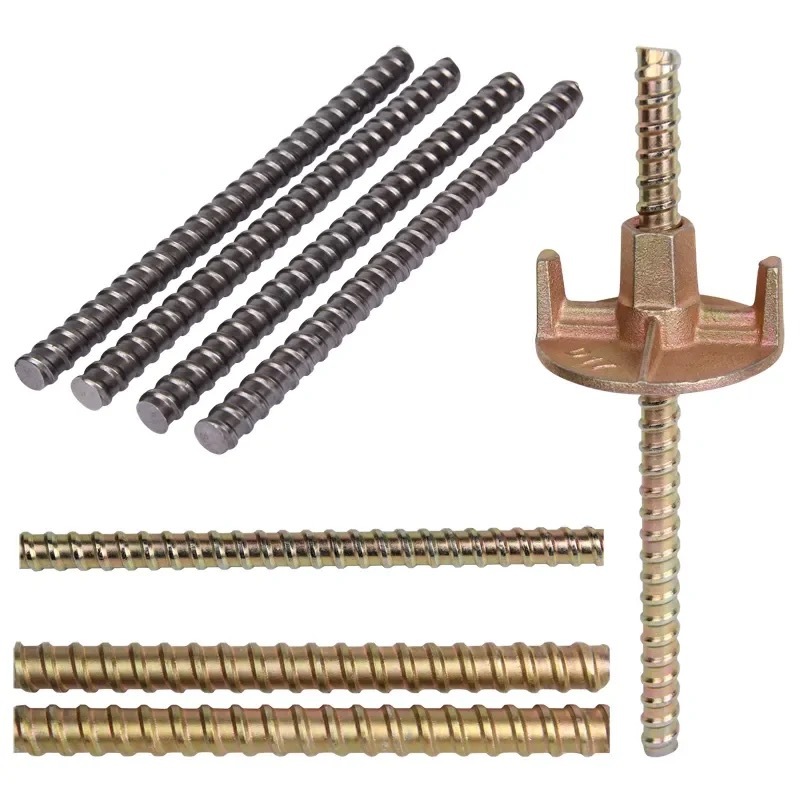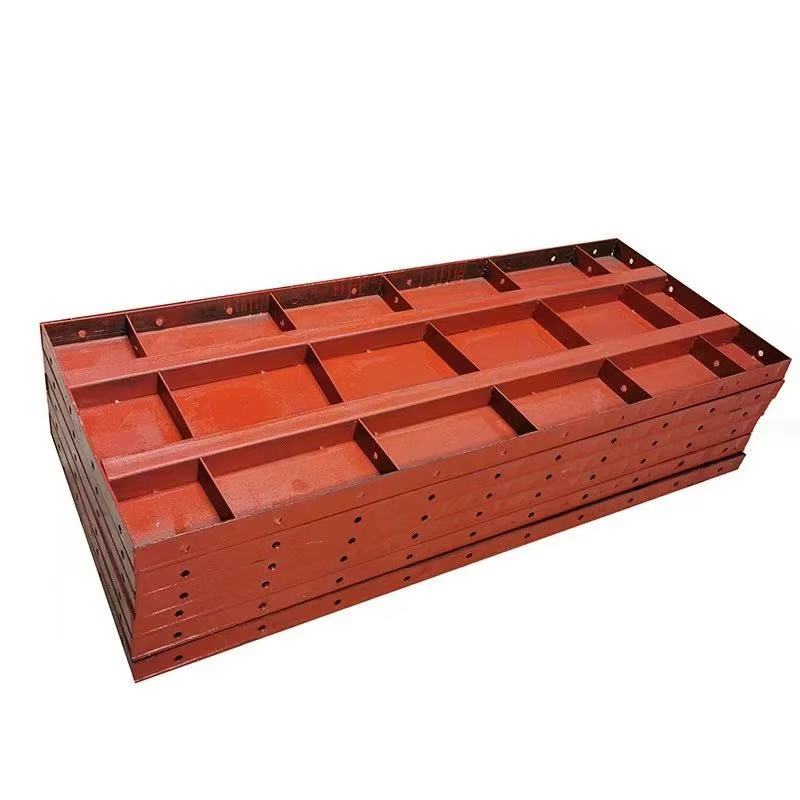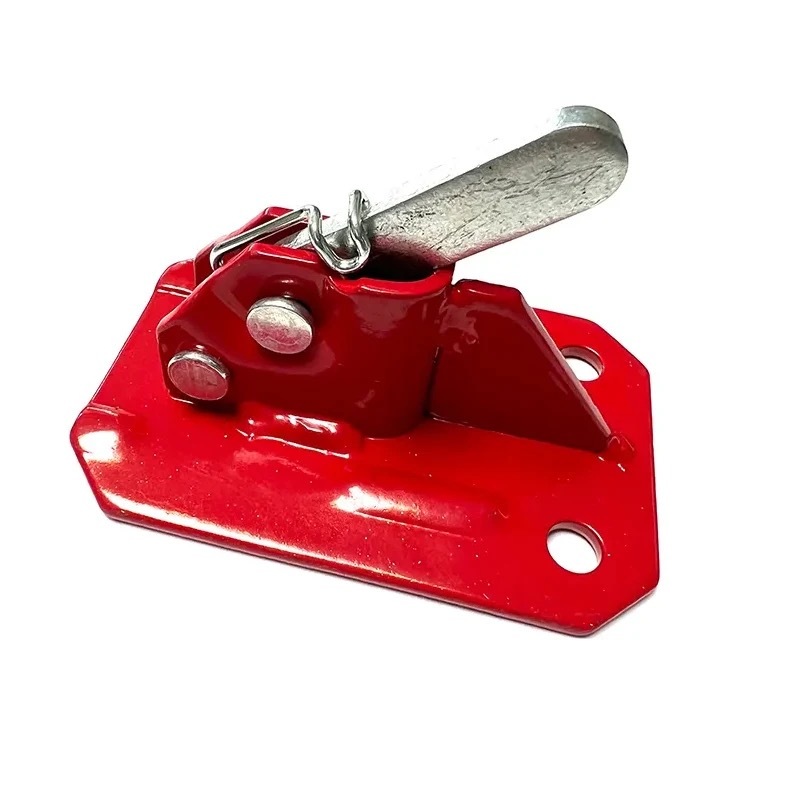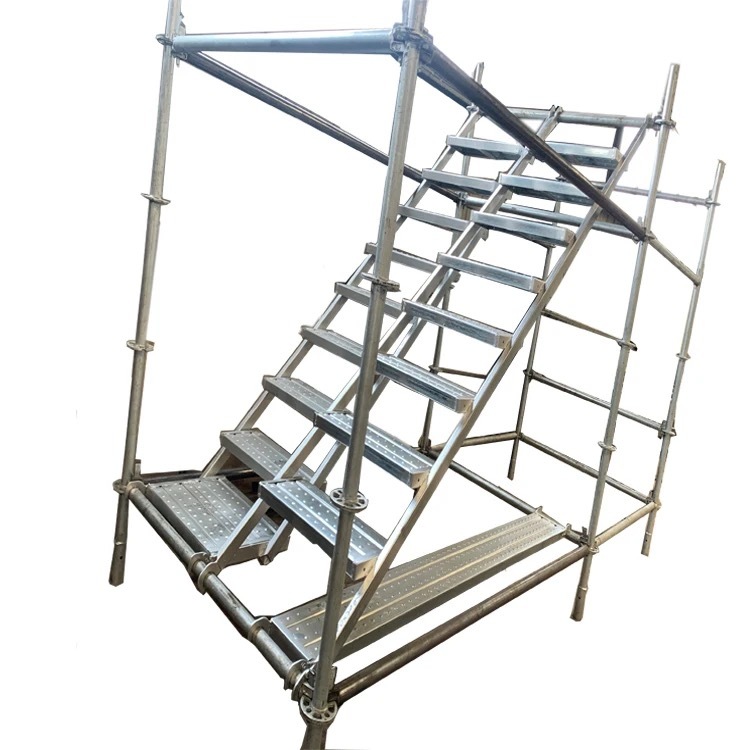The Evolution of Disc Nuts: From Traditional to Modern Solutions
The Evolution of Disc Nuts: From Traditional to Modern Solutions Table of Contents Understanding Disc Nuts: Definition and Purpose Historical Context: The Origins of Disc Nuts Traditional Manufacturing Techniques: Materials and Methods The Shift to Modern Solutions: Innovations in Disc Nuts Materials Matter: Advancements in Disc Nut Materials Applications Across Industries

The Evolution of Disc Nuts: From Traditional to Modern Solutions
Table of Contents
- Understanding Disc Nuts: Definition and Purpose
- Historical Context: The Origins of Disc Nuts
- Traditional Manufacturing Techniques: Materials and Methods
- The Shift to Modern Solutions: Innovations in Disc Nuts
- Materials Matter: Advancements in Disc Nut Materials
- Applications Across Industries: Where Disc Nuts Shine
- Future Trends in Disc Nuts: What to Expect
- Frequently Asked Questions (FAQs)
Understanding Disc Nuts: Definition and Purpose
Disc nuts, often referred to as "washer nuts," are specialized fasteners designed to provide a secure connection between components in a wide range of applications. Their unique design features a large bearing surface that distributes load evenly, reducing the risk of damage to the materials being fastened. In construction, automotive, and industrial machinery, disc nuts play a critical role in ensuring structural integrity and operational efficiency.
Historical Context: The Origins of Disc Nuts
The history of disc nuts dates back to ancient civilizations, where fastening technologies were rudimentary at best. Early examples of fastening methods included primitive forms of nuts and bolts crafted from available materials. The need for more reliable fastening solutions emerged during the Industrial Revolution, leading to the development of more sophisticated disc nut designs. These early innovations laid the groundwork for the modern disc nuts we utilize today.
Traditional Manufacturing Techniques: Materials and Methods
Traditionally, disc nuts were manufactured using basic metalworking techniques. Common materials included steel and brass, chosen for their strength and durability. The manufacturing process typically involved cutting, shaping, and threading the metal into the desired form. However, these methods had limitations in terms of precision and scalability. As industries advanced, the demand for higher quality and performance led to refinements in manufacturing.
The Shift to Modern Solutions: Innovations in Disc Nuts
The advent of new technologies has revolutionized the production of disc nuts. Computer Numerical Control (CNC) machining allows for unprecedented precision in the cutting and shaping of fasteners. Additionally, the introduction of automation in manufacturing processes has significantly increased production efficiency. Modern disc nuts are now designed with enhanced features, such as locking mechanisms that prevent loosening under vibration, making them more reliable than their traditional counterparts.
Materials Matter: Advancements in Disc Nut Materials
Modern disc nuts are crafted from a variety of materials to meet specific performance needs. While traditional steel and brass are still widely used, advancements have led to the incorporation of high-strength alloys, stainless steel, and even composite materials. Each material offers unique benefits, such as corrosion resistance, lightweight properties, and improved tensile strength. This diversification allows engineers to select the most suitable disc nut for their specific application, ensuring maximum performance and longevity.
Applications Across Industries: Where Disc Nuts Shine
Disc nuts find application in numerous sectors, including automotive, aerospace, construction, and manufacturing. In the automotive industry, they provide essential fastening solutions in engines and chassis components, ensuring safety and reliability on the road. In aerospace, their lightweight and strong properties contribute to the structural integrity of aircraft. Furthermore, in construction, disc nuts are integral to the assembly of machinery and infrastructure, showcasing their versatility and importance across various domains.
Future Trends in Disc Nuts: What to Expect
As industries continue to evolve, so too will the design and functionality of disc nuts. Future trends indicate a growing focus on sustainability, with manufacturers exploring eco-friendly materials and processes. Additionally, smart technology integration may lead to the development of disc nuts equipped with sensors, providing real-time data on performance and wear. This innovation will enhance maintenance practices and overall operational efficiency, further solidifying the importance of disc nuts in modern engineering.
Frequently Asked Questions (FAQs)
1. What distinguishes disc nuts from standard nuts?
Disc nuts feature a larger bearing surface, which allows for better load distribution and reduces the risk of damage to the materials being fastened.
2. In what industries are disc nuts commonly used?
Disc nuts are commonly used in automotive, aerospace, construction, and manufacturing industries due to their durability and versatility.
3. What materials are used to manufacture modern disc nuts?
Modern disc nuts can be made from various materials, including high-strength alloys, stainless steel, brass, and even composite materials to suit different applications.
4. How have manufacturing processes for disc nuts evolved?
Manufacturing processes have evolved to include CNC machining and automation, allowing for greater precision, efficiency, and the ability to produce complex designs.
5. What are some innovations in disc nut technology?
Innovations in disc nut technology include locking mechanisms to prevent loosening, the use of advanced materials, and potential integration of smart technology for performance monitoring.
Conclusion
The evolution of disc nuts from traditional designs to modern solutions illustrates the significant advancements in fastening technology. As we move forward, the role of disc nuts will only expand, driven by the demand for greater efficiency, reliability, and sustainability across various industries. By understanding the historical context and embracing modern innovations, engineers and manufacturers can leverage the full potential of disc nuts, ensuring they remain a cornerstone of engineering solutions for years to come.
Key words:
PREVIOUS:
PRODUCT SEARCH
Search And Quickly Find The Products You Need
With advantages in technology, quality, and service, the company is steadily advancing in the industry, continuously providing high-quality hydraulic rubber products and services to global customers, demonstrating strong development potential and broad market prospects.











